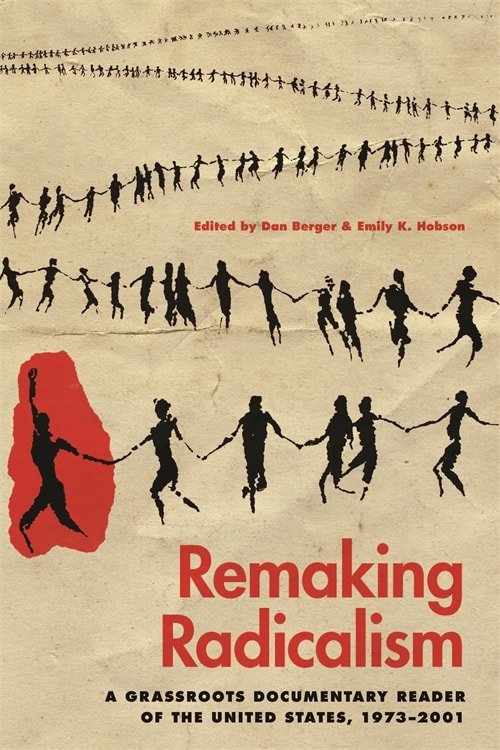Canadian Dimension just posted this piece, my latest “writing with movements” column. I’m re-posting it here.
People whose names we will never know propelled liberatory struggles of the past. With plenty of contradictions and messiness, they fought oppression and exploitation, nurtured freedom dreams, and won victories that we sometimes take for granted today. For the most part, they were neither rich nor famous, nor did they become rich or famous through their movement efforts.
The same is true for those engaged in
struggles right now. The current configuration of popular culture and education,
however, produces confusion about this basic fact. And unfortunately, this
confusion – along with a whole set of accompanying habits – has a corrosive impact
on our movements today.
Where does this confusion come from? Much
of it has to do the dominant approach to history-telling, which focuses on
individual heroic figures – usually men – as the primary agents of change. Although
this approach has long been discredited,
it still significantly structures how most people learn and talk about the past.
In classrooms, news, and entertainment, we are taught that positive social
changes have come through the benevolence of the rich and powerful rather than
as contingent outcomes of struggle.
When struggle is acknowledged, as with the
U.S. civil rights movement, it’s frequently represented through what activist
scholar Dean Spade calls “obscuring fictions” about social movements and social
change. Spade’s recent writing on radical mutual aid organizing – clearly in
conversation with Big Door Brigade, Mutual Aid Disaster Relief, and
other grassroots initiatives – helpfully examines these representations and
their consequences. In an article for Social
Text, he explains,
“Such representations center charismatic individuals and hide the realities of
mass participation and coordination that does not produce careers or notoriety
for most participants.”
These representations, Spade emphasizes,
grow out of dominant hierarchies of value and visibility related to work. This
is a key feminist
insight: in our current social arrangements, the labor of care – whether
cooking, minding children, supporting people having hard times, mediating
conflicts, or coordinating logistics – is feminized and often devalued and
unrecognized.
“Social movements,” writes Spade,
“reproduce these hierarchies, valuing people who give speeches, negotiate with
bosses and politicians, get published, get elected, and otherwise become
visible as actors in ways that align with dominant hierarchies. Forms of
celebrity similarly circulate within movements. It is glamorous to take a
selfie with Angela Davis, but it is not glamorous to do weekly or monthly
prison visits. The circulation of dominant hierarchies of valuation inside
movement spaces shapes how people imagine what it means to participate in work
for change, who they want to meet, and what they want to do and be seen doing.”
This dynamic has a corrosive double-sided impact
on movements. On the one hand, the bulk of crucial organizing effort – overwhelmingly
involving care and frequently not in the public spotlight – goes unrecognized
and unappreciated. Longtime organizer Harsha Walia puts it
bluntly: “most of the web of frontline movement work is invisible,
especially in our social media age.” And because it’s so often made invisible,
we don’t have the necessary discussions at the necessary scale about how to
share, sustain, and improve it. This weakens our efforts.
On the other hand, when our movements reproduce dominant
hierarchies of value and visibility, they skew our perceptions about what’s
important. As activists and organizers, we can come to focus more on how we are seen individually than on what we are doing together. Writing a
decade ago for Upping the Anti, RJ
Maccani highlighted the concept of “protagonismo” from Mexican autonomous movements as a way to understand this challenge.
He defines this as “the problem within movements (or society as
a whole) of people taking credit for work that is not theirs, the problem of
self-promotion over promotion of the struggle, of placing one’s own recognition
or fame over the growth of the movement.”
This is not simply a personal
failing or a toxic form of ambition. The current organization and
administration of power in our society fosters an individualistic, acquisitive,
self-promotional orientation. Culturally, we can see this in the pervasive “cult of entrepreneurship,”
proliferating forms of media-propelled celebrity status, and Hollywood representations of
social movements. As Maccani explains, “this
internalized dimension of capitalism has us ever fighting to ‘get ahead’ in
school, at work, and even in the movement, and forgetting the ways in which
such structural privileges and oppressions as class, race, gender, citizenship,
sexuality, and social currency, are warping the form and face of our
organizing.” This is a dead end.
Thankfully, there is an alternative. Instead
of creating individual brands, we can aim to build collectivities in struggle.
This, writes Spade in his new book Mutual Aid, “means cultivating a desire to be beautifully, exquisitely ordinary just
like everyone else. It means practicing to be nobody special. Rather than a
fantasy of being rich and famous, which capitalism tells us is the goal of our
lives, we cultivate a fantasy of everyone having what they need and being able
to creatively express the beauty of their lives.”
The best
history-telling can help us to do this. I think here of Barbara Ransby’s Ella
Baker and The Black Freedom Movement, Leanne Betasamosake Simpson’s As We
Have Always Done, Emily Thuma’s All
Our Trials, and Scott Neigh’s Talking Radical books.
Although focusing on many different efforts, all of these books share stories
of the hard, consistent, beautiful, rarely-flashy work of people struggling for
collective liberation. There’s much we can learn from these stories and many
others akin to them.
Let’s
strive to be the ordinary, the nobodies special, the ones who care, build, and
fight without any likelihood of fame or fortune – that is to say, those who make
history together.


